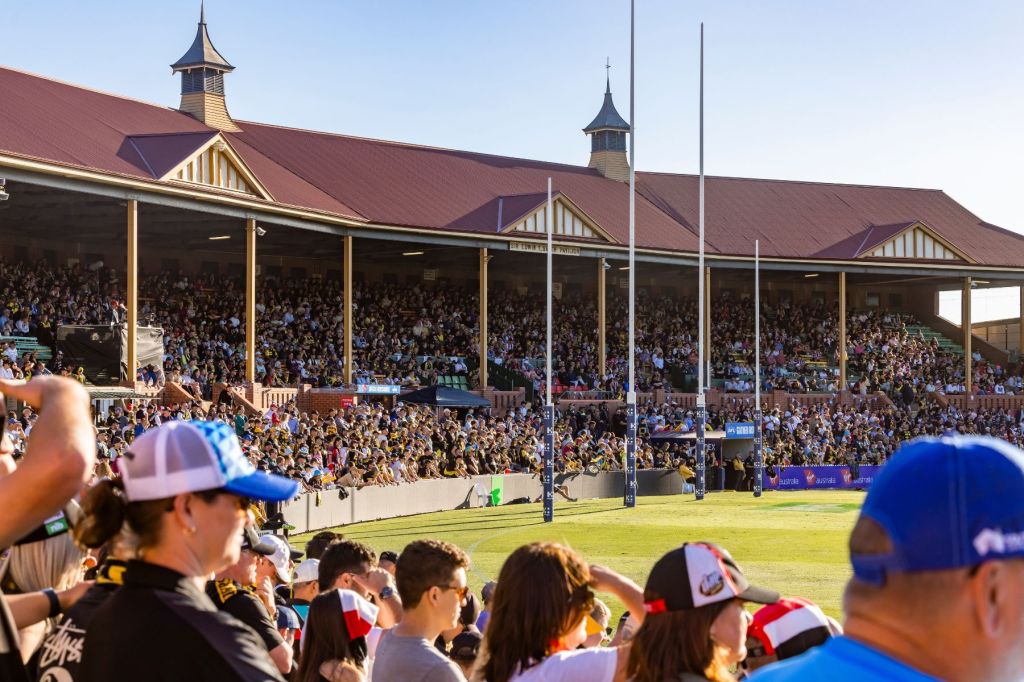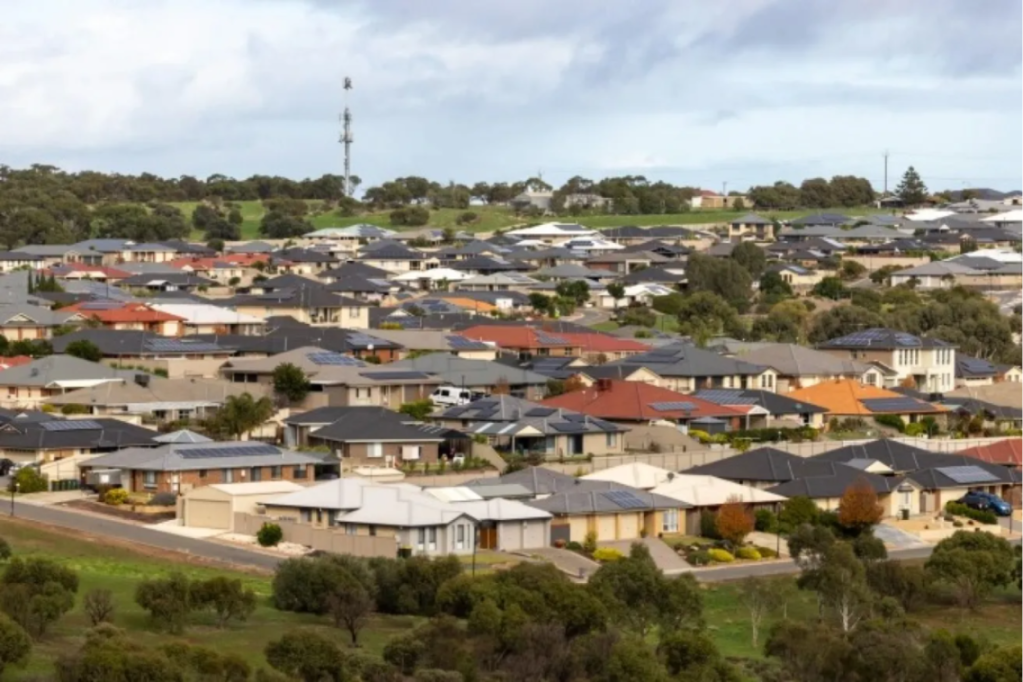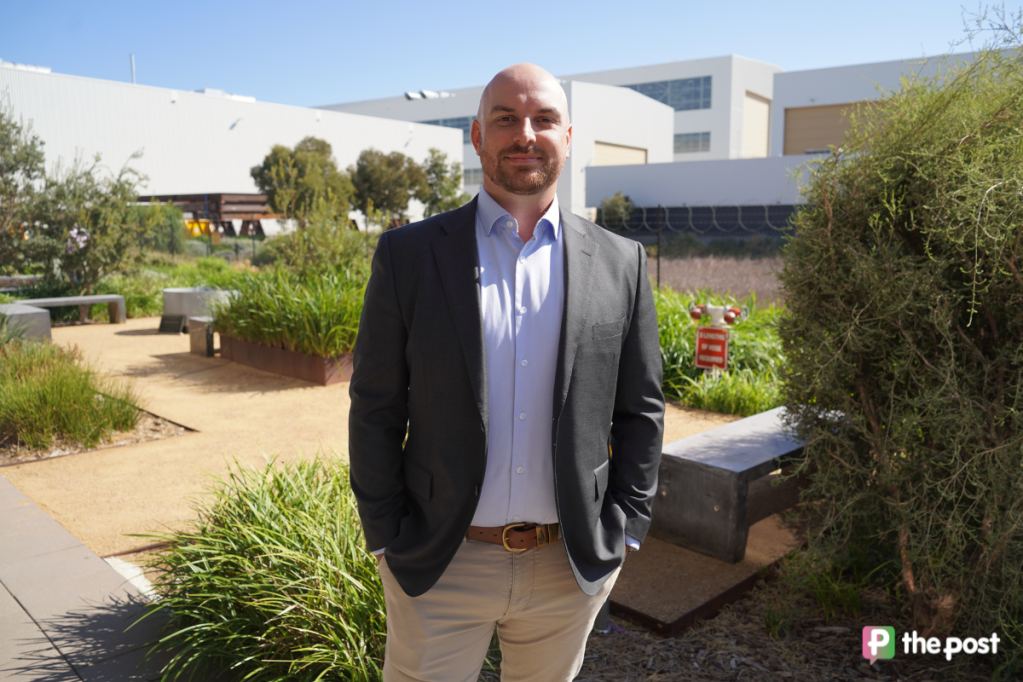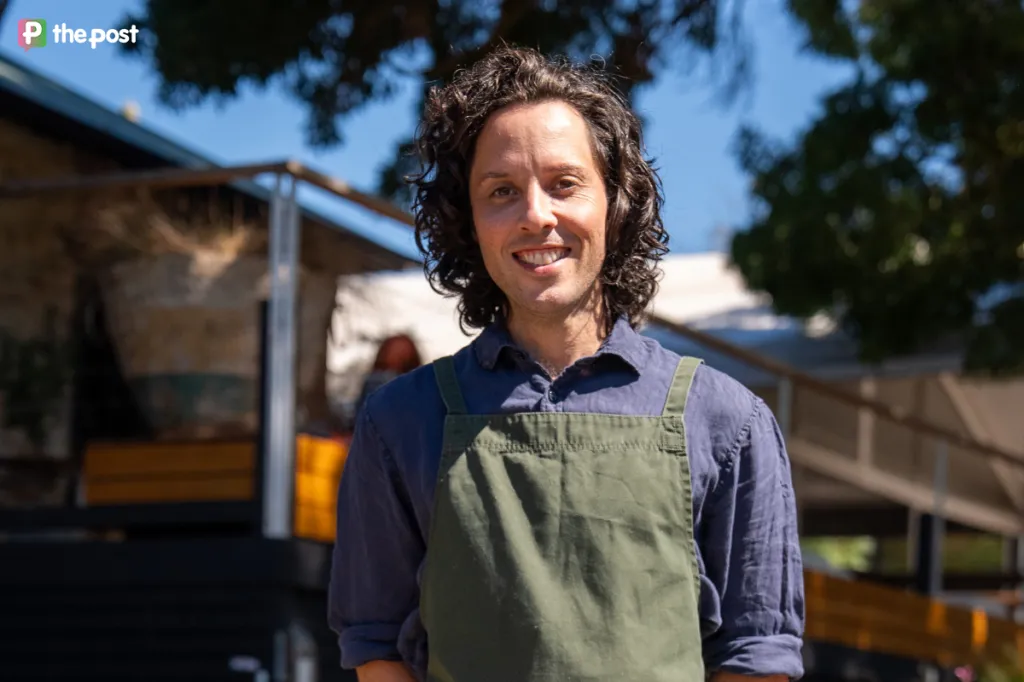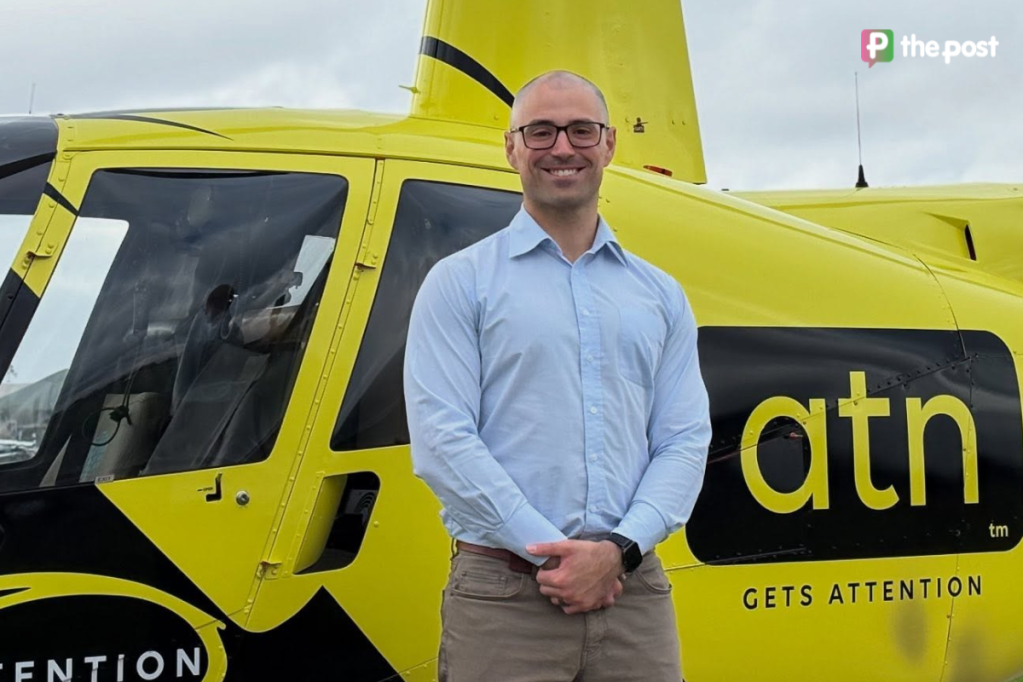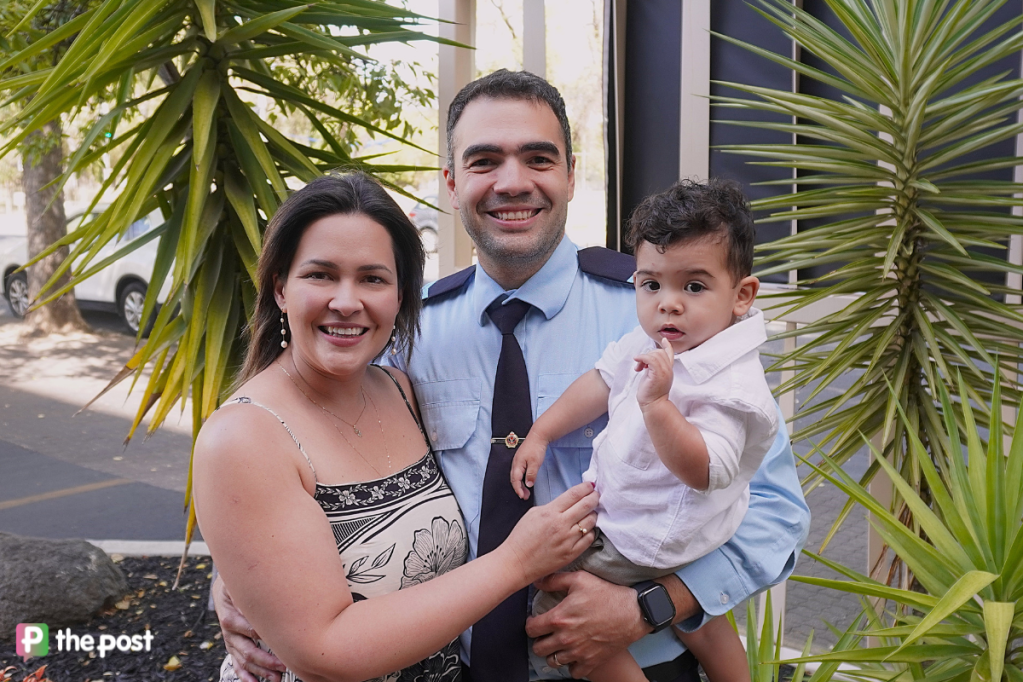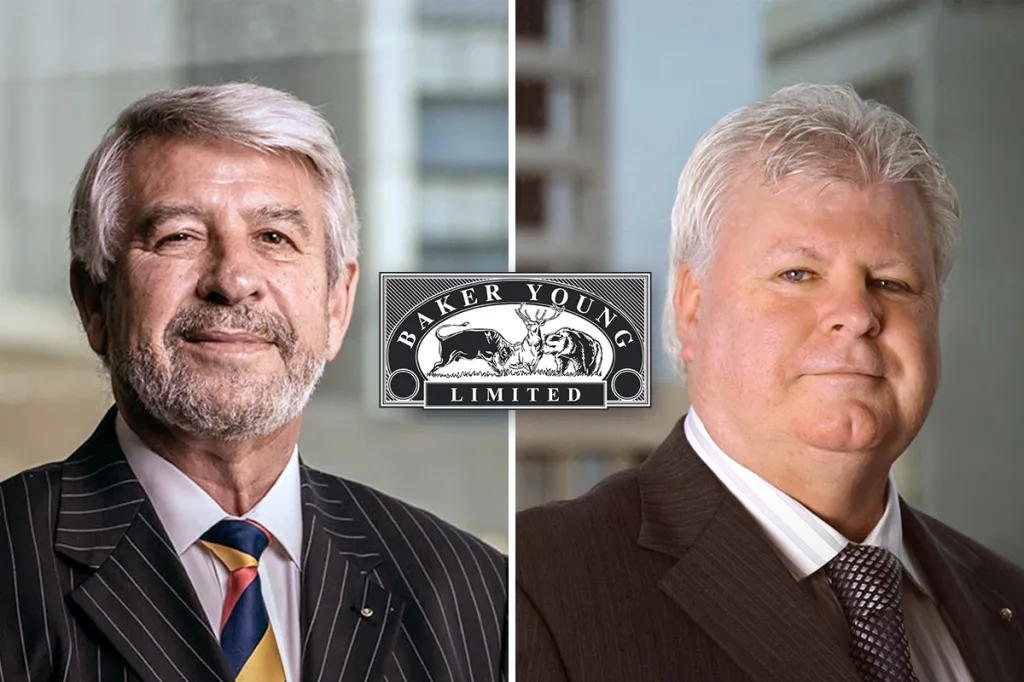Mining giant to help build first-of-its-kind SA hydrogen plant
Australian billionaire Andrew ‘Twiggy’ Forrest’s Fortescue will build a pilot hydrogen energy plant at the University of Adelaide’s Roseworthy campus in partnership with SA-based Sparc Technologies.
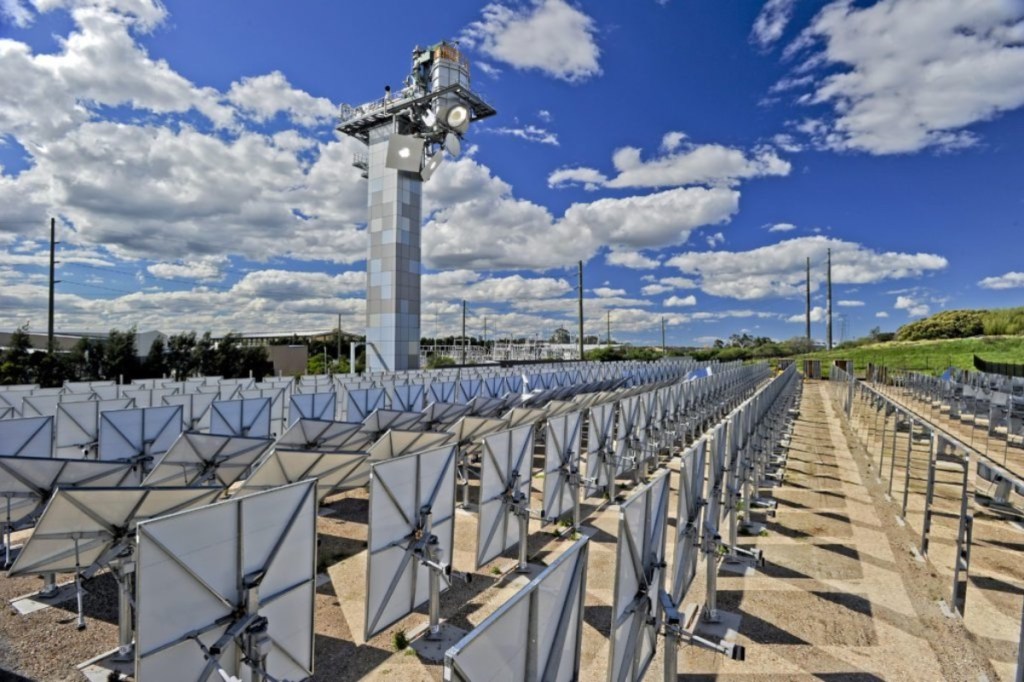
The first-of-its-kind pilot plant will employ a novel approach by producing green hydrogen directly from water and sunlight, without relying on electrolysers or electricity grids.
It’s being spearheaded by Adelaide-based and ASX-listed Sparc Technologies, which today told shareholders that Fortescue and the University of Adelaide had formally committed to proceeding with Stage 2 of the Sparc Hydrogen joint venture.
Stage 2 activities will focus on pilot plant construction at Roseworthy and reactor testing, as well as ongoing laboratory testing of photocatalytic water splitting (PWC) reactors.
“Sparc Hydrogen believes that the pilot plant will represent a globally leading facility for R&D and commercialisation of PWS reinforcing Sparc Hydrogen’s first mover position in this emerging direct solar to hydrogen technology,” Sparc Technologies said
For Fortescue, it reaffirms the company’s interest in hydrogen energy projects, having last year put its ambitious green energy goal – to produce 15 million tonnes of renewable hydrogen annually by 2030 – on hold. That move resulted in the loss of 700 jobs at the company.
“Fortescue is proud to continue its support of Sparc Hydrogen and its innovative photocatalytic water splitting technology,” Fortescue director of research and development Michael Dolan said.
You might like
“This Australian innovation has the potential to make green hydrogen an even more competitive energy resource by decoupling its cost from the cost of green power.
“The Phase 2 pilot plant will enable this promising technology to be evaluated at a meaningful scale ahead of potential commercial deployment in the future.”
Fortescue is investing $1.48 million in Stage 2 of the project, giving it 36 per cent ownership of the joint venture alongside Sparc (36 per cent) and the University (28 per cent).
Sparc says its PWS tech sets the company apart from “conventional” approaches in the green hydrogen production space.
The company claims PWS does not rely on renewable electricity sources like solar or wind farms, nor “expensive electrolysers” to produce hydrogen from water.
As such, Sparc’s approach is different to that being taken by the South Australian government which is looking to build a $600 million hydrogen hub at Whyalla by 2026.
Stay informed, daily
This hub will include the world’s largest electrolyser, which uses electricity to split hydrogen from oxygen in water. The government intends the energy input to be from renewables, with hydrogen then used to power turbines to put energy back into the electricity grid.
Storage of hydrogen is another plan, as is the idea that South Australia could export green hydrogen internationally to power green steel production worldwide.
But Sparc says its approach “addresses a fundamental issue in the nascent green hydrogen industry – the cost of renewable electricity”.
It hopes to demonstrate “key potential advantages over electrolysis” with its pilot plant, including the low-cost potential of PWS, the emissions-free nature of the hydrogen output, and its comparative advantage in off-grid and remote locations.
“Sparc Technologies is very pleased to be pursuing Stage 2 of the Sparc Hydrogen joint venture alongside its supportive world-class partners,” Sparc Technologies managing director Nick O’Loughlin said.
“A significant amount of work has gone into this positive investment decision which is a reflection on the R&D team, strong IP position and high potential of the technology to unlock low-cost green hydrogen without relying on electrolysers, stretched electricity grids and related infrastructure.”
Pilot-plant construction completion is expected in mid-2025, and when built will allow the company to independently and concurrently test different reactor designs and photocatalyst materials.
“Sparc is not aware of any similar facilities for testing and scale-up of photocatalytic water splitting under concentrated solar conditions worldwide,” Sparc said.
University of Adelaide Deputy Vice Chancellor Professor Anton Middelberg said the institution was “pleased to commit to this next stage of work on photocatalytic water splitting” based on IP developed by the acting director of the University’s Centre for Energy Technology Professor Greg Metha.
“This investment into constructing a pilot plant enables us to stress-test catalysts developed globally and places South Australia in a position of competitiveness in terms of testing innovative hydrogen technologies,” Professor Middelberg said.
